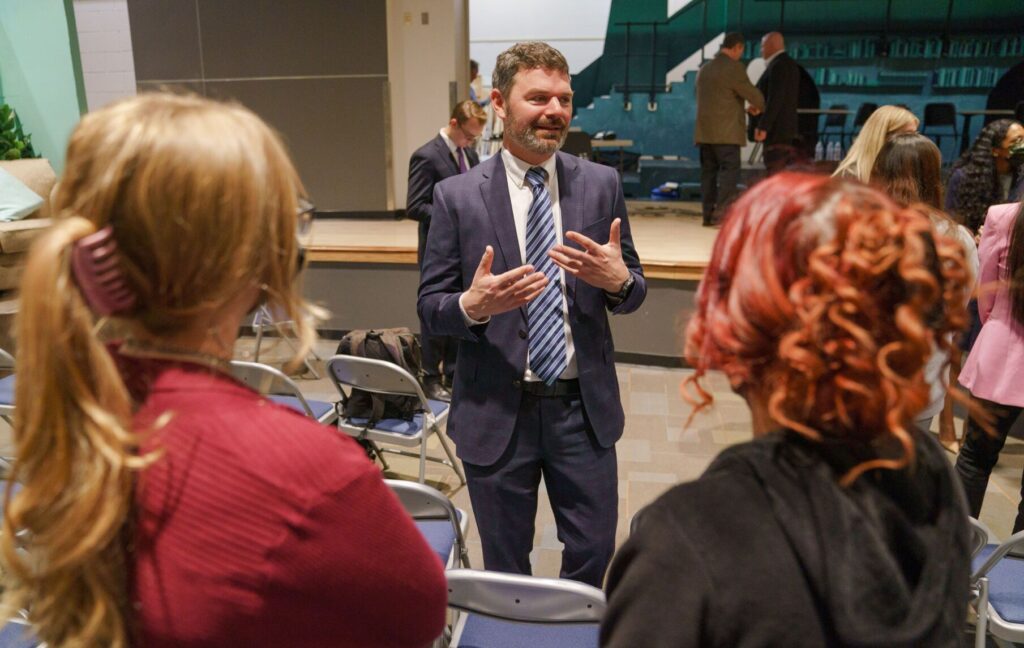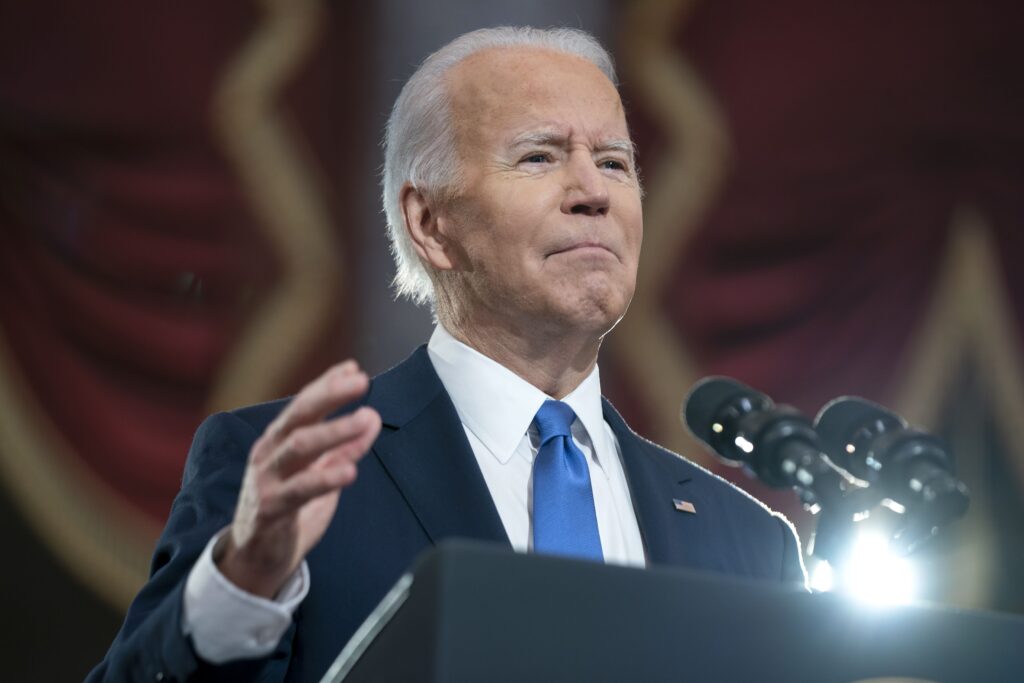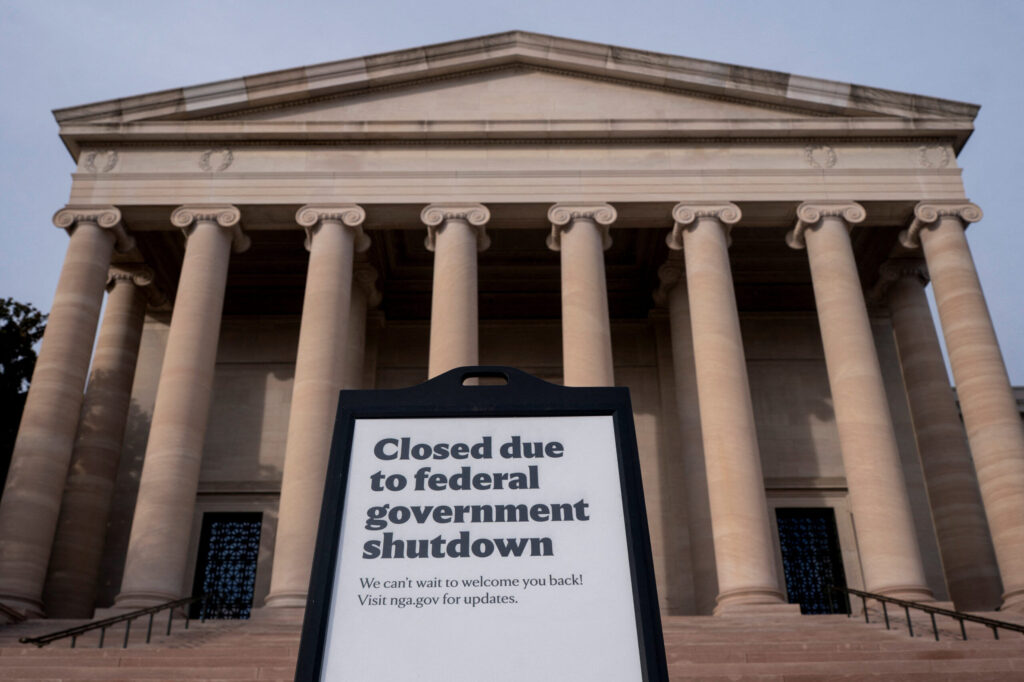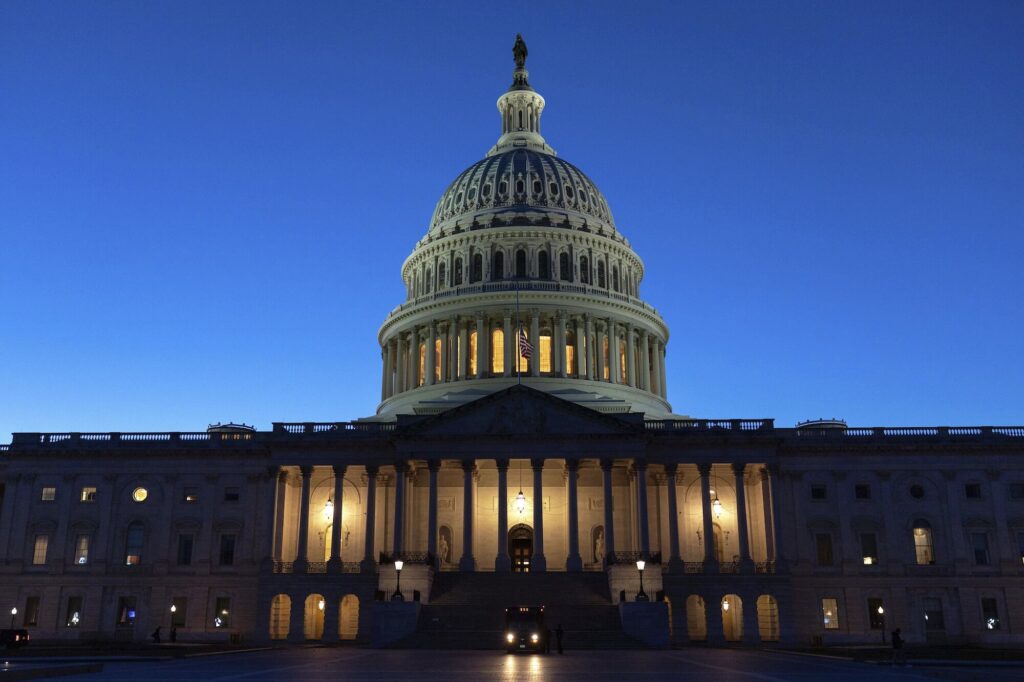Sidewalks initiative will be on the ballot as Denver starts a new approach
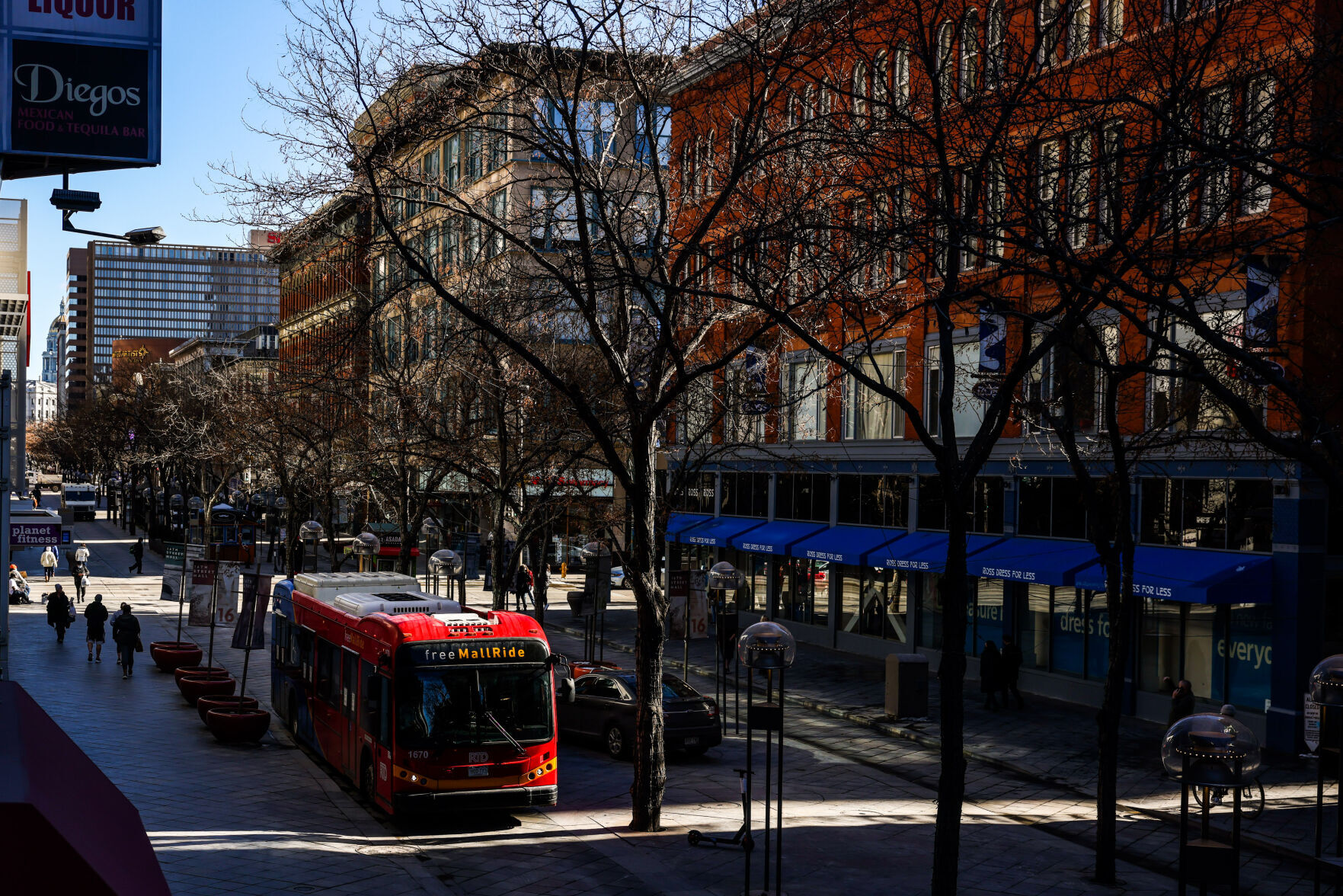
The Denver Deserves Sidewalks initiative gathered enough signatures to get onto Denver’s ballot this fall, with the intention of publicly funding the construction and repair of sidewalks across the city.
The proposed ballot language asks Denver voters if the city should adopt a sidewalk master plan and implement a “sustainable program for the construction, reconstruction, and ongoing repairs of sidewalks citywide,” funded by a fee charged to property owners across the city. Fees would be assessed annually based on the linear footage of property frontage and the type of street it’s on.
The initiative came about because the Denver Streets Partnership wants sidewalk construction to be publicly funded and because it believes sidewalks are essential to allow people with disabilities, older adults and parents with children to get around the city more efficiently. The initiative also said low-income neighborhoods are more likely to have unsafe sidewalks in need of repairs.
“Current policies that force adjacent property owners to shoulder the full cost of sidewalk construction and repair can be a huge financial burden,” the initiative said. “By publicly funding sidewalks, we can make our city more equitable, fair, and safe for all.”
Jefferson County teachers union, district reach agreement
The city’s Department of Transportation and Infrastructure announced that it’s now including hazardous sidewalk repairs as part of its annual concrete maintenance program, according to a news release.
The city’s program uses funding from the Neighborhood Sidewalk Repair Program that was paused during the pandemic and will repair sidewalks in locations where other concrete work is already occurring with a contractor to improve efficiency. If the ballot initiative doesn’t pass, DOTI intends to ask for an annual general fund appropriation for sidewalk repairs while also using funding from increased parking meter rates and parking citation rates.
This program would address sidewalks that are damaged or uneven per DOTI’s Hazerdous Sidewalk Rule and Regulation with a focus on reducing trip hazards. But property owners are still responsible for maintaining the sidewalks adjacent to their properties and can be given a notice to make repairs due to a complaint.
Police identify second stolen vehicle that may have been involved in I-70 shooting
DOTI added $1.2 million to its current contracts with concrete servicers for sidewalk improvements in 2022 and anticipates fixing 24 block faces, but if they can find more funding, they intend to do more. It already started work through this program on sidewalks within the boundaries of 26th to 35th avenues and Downing to York streets.
“Locations considered for sidewalk repairs will be established annually in conjunction with where concrete repairs are happening in advance of street paving and with priority given to equity areas and the criteria that furthers our community’s mobility goals, such as improving segments along the high injury network and that connect to transit, schools and other destinations,” DOTI’s news release said. “The number of block-faces the initiative will address each year will be tied to annual funding levels, contractor pricing, and the extent of repairs required in the established work area.”
DOTI has a completely separate program for constructing sidewalks where they are currently missing, according to department spokesperson Nancy Kuhn. She said this sidewalk gap program “aim to improve accessibility, connectivity, access to destinations, equity, health, and safety for the walking and rolling public.” Through this program that’s been in place since 2018, the city has constructed an average of 5.14 miles of new sidewalk per year.
Those behind the Denver Deserves Sidewalks initiative said the city’s plans wouldn’t bring the city a fully functional network of sidewalks throughout the city for 400 years. But if the initiative passes, they say it could be done in nine years. They say that if the initiative passes, benefits would include safer routes for kids to walk to school, improved traffic safety and transit access, and less reliance on cars — all of which would be better for the environment.





